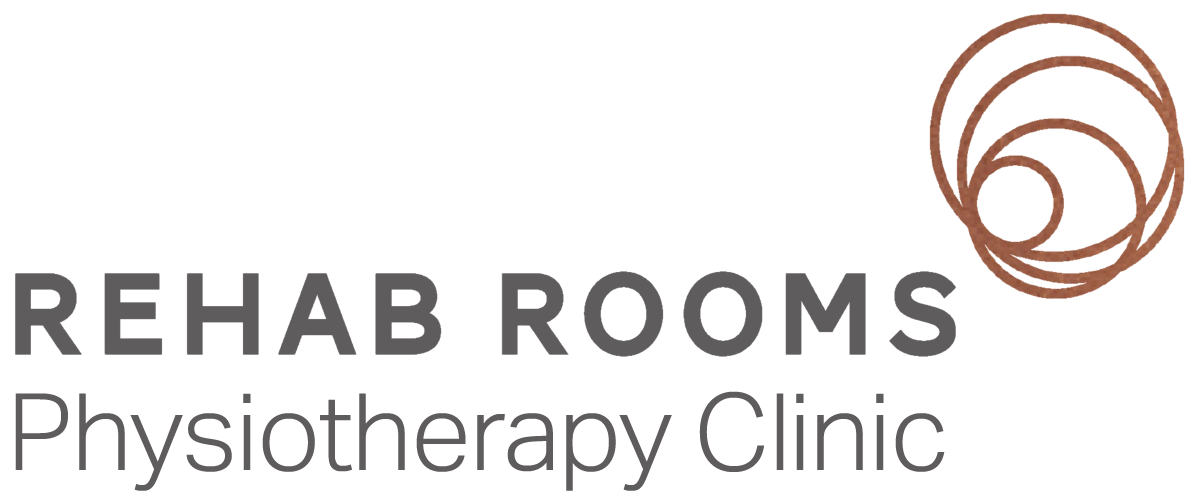PART 2- OUCH! I’VE JUST PULLED A MUSCLE OR LIGAMENT – WHAT SHOULD I DO??
By Alison Quinn Clinical Specialist Chartered Physiotherapist
So last week we talked about some current recommendations for soft tissue injury management in the first few days post injury – also called the acute phase. So let’s combine some more advice from our authors at the British Journal of Sports Medicine and add in some of our own tips.
We talked about injuries needing PEACE in the first few days (for a recap on this see http://www.rehabrooms.ie/blog).
Now to progress recovery our injuries just need some LOVE!
Load Movement and exercise is good to get tissues repairing and building their tolerance to further loading which is required in our daily activities and sport. Tissues need to be loaded BUT if you underload the tissues they won’t improve as well as they could and if you overload the tissue it can re-injure so we need to get the balance right. This is the physios job to guide on load!
Optimism Believe it or not a positive outlook is associated with a better outcome so look on the bright side – injuries generally get better with the right intervention but they may need a bit of time and patience.
Vascularisation Get your heart moving too – its good to do some safe cardio exercise after injury to keep you positive and increase blood flow to structures and improve your function. Again, we don’t want to overload the tissues so can you do something to keep moving without re-injuring, like pool walking or going for an easy stationary bike ride?
Exercise The right type of exercise or rehab can treat and reduce the injury happening again. Remember rehab exercise has different parts – endurance, strength, flexibility balance, mobility. Often with injuries you have to do it all of them. Leave one out at your peril! Ideally avoid pain in the early stages and use it as your guide to advance your recovery. No pain no gain does not really apply in a lot of circumstances!
So, what’s the bottom line – after the initial period of rest for a few days you need to get moving but in the right way at the right time and with the right load. As we said the last time - injuries are different, sports are different and each of us is different so you need the right approach for you. Injuries that are not treated properly in the beginning can turn into chronic injuries which can be more complex to treat and can take longer to sort out.
So how is our Gaelic footballer with the hamstring injury – the hamstring can now tolerate more load and his stretch is better, we’re aiming for some training drills this week within pain limits and we’ll progress him on from there, aiming for a full recovery.
Get in touch if you have any questions about how to manage any recent injuries.
More on how to prevent hamstring injuries in a few days…
References
Dubois B, Esculier J Soft-tissue injuries simply need PEACE and LOVE British Journal of Sports Medicine 2020;54:72-73
Bleakley PD, Philips P et al for the Association of Chartered Physiotherapists in Sports and Exercise Medicine (ACPSM). Guidelines on the Management of Acute Soft Tissue Injury Using Protection Rest Ice Compression and Elevation. London:ACPSM,2011

